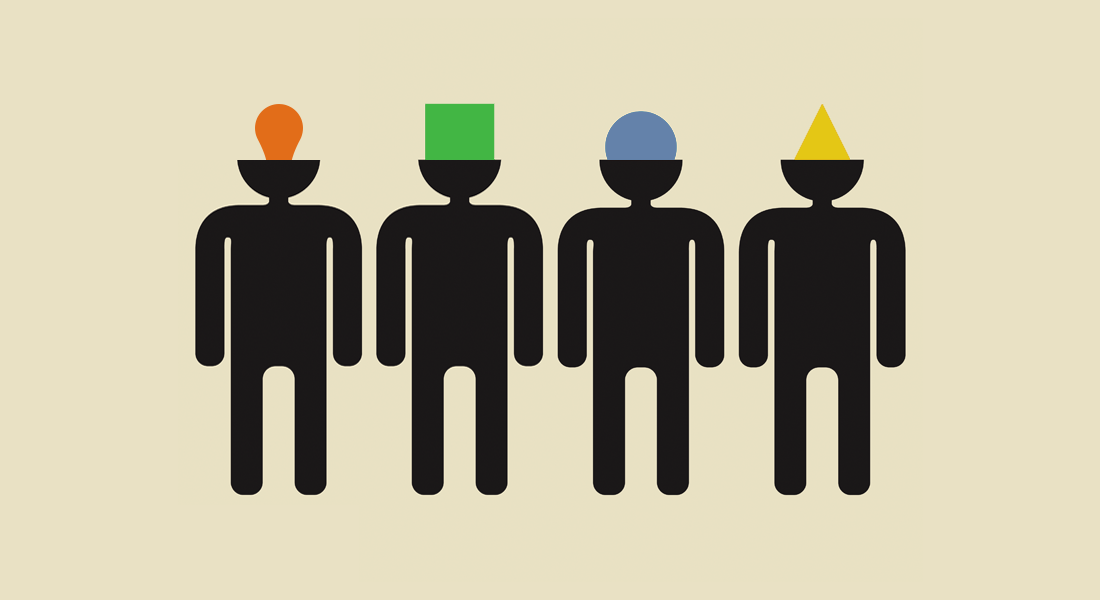Talking to a coworker about our organizational change over coffee, she stated, "I don't know what everyone's problem is. We're making good progress and being innovative." Later that day, another coworker talking about the same change stated, "I don't know what's happening around here, everything is so disorganized, people are making changes to process without telling anyone else. It's so frustrating." Later that week yet another said, "I'm working so hard during all these changes, but no one seems to notice – we're just not appreciating people's hard work the way we should." It was the same institutional change at the same organization, but vastly different reactions and levels of buy-in.
Multiple studies have shows us that 75% of change efforts fail in organizations. Leaders must learn to manage change in today's business world and a big part of that is understanding how different personality types react to change. Leaders can greatly reduce resistance to change by understanding and leveraging the four general ways people experience change and stress:
Action Way: I love change – let's move things along as quickly as possible! Moving slowly and waiting for others to catch up drives me crazy.
Organized Way: I dislike change, unless it's well-planned with a strategic goal in place and plenty of time to enact it. I'd rather go slow and steady, or not at all.
Logical Way: Change is good as long as there is reason for it, and plenty of data to support it. I appreciate improvement, but am frustrated by poorly thought-out change.
Relationship Way: I don't mind change, as long as I see the value of it for others and myself. If people are happy with the change, I'm happy with the change. Otherwise, what's the point?
The Identity Mapping tool divides personality into these four main categories based on decision-making and motivation. In learning the Four Way system, you can quickly and easily begin to recognize other people's primary ways, giving you insight into their thought processes. It is essential during change initiatives to communicate to each way using language that they will appreciate and to understand that not every team member is experiencing the change in the same way.
Organizations that handle change well will thrive and flourish; however those that do not will struggle to survive. Most of the time organizations go blindly into change without fully considering all those involved and the communication process surrounding their change. Lewin's Change Model gives a suggestion of following three steps during change: unfreeze, change, refreeze. Kotter suggested 8-steps to use during initiatives for successful change. Whichever steps a leader chooses to use, it is imperative to remember the four main ways people experience change and adjust communication and processing to speak to your whole team for the highest chance of success.






